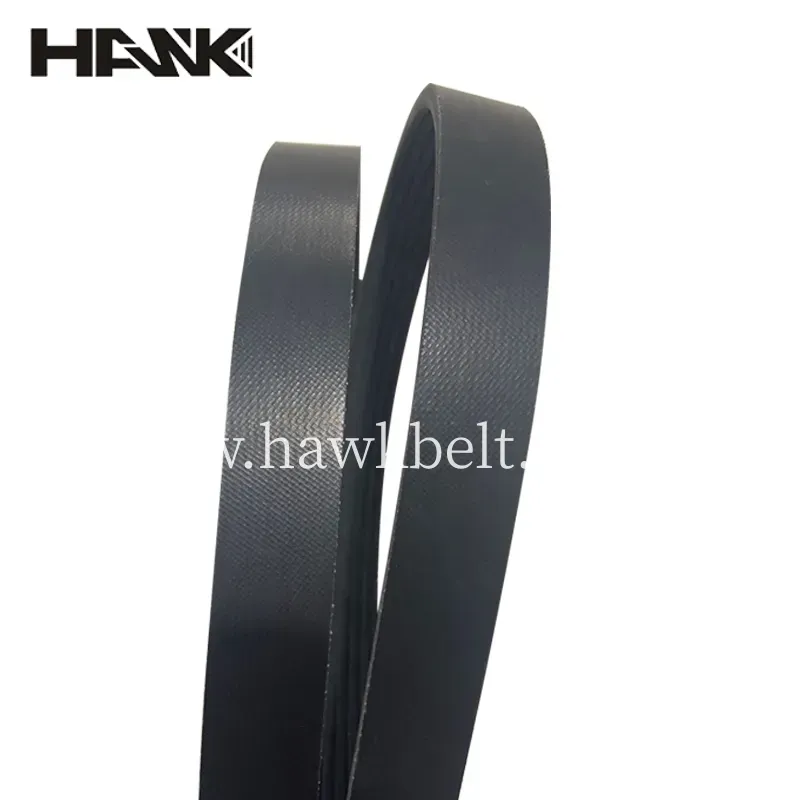- Arabic
- French
- Russian
- Spanish
- Portuguese
- Turkish
- Armenian
- English
- Albanian
- Amharic
- Azerbaijani
- Basque
- Belarusian
- Bengali
- Bosnian
- Bulgarian
- Catalan
- Cebuano
- Corsican
- Croatian
- Czech
- Danish
- Dutch
- Afrikaans
- Esperanto
- Estonian
- Finnish
- Frisian
- Galician
- Georgian
- German
- Greek
- Gujarati
- Haitian Creole
- hausa
- hawaiian
- Hebrew
- Hindi
- Miao
- Hungarian
- Icelandic
- igbo
- Indonesian
- irish
- Italian
- Japanese
- Javanese
- Kannada
- kazakh
- Khmer
- Rwandese
- Korean
- Kurdish
- Kyrgyz
- Lao
- Latin
- Latvian
- Lithuanian
- Luxembourgish
- Macedonian
- Malgashi
- Malay
- Malayalam
- Maltese
- Maori
- Marathi
- Mongolian
- Myanmar
- Nepali
- Norwegian
- Norwegian
- Occitan
- Pashto
- Persian
- Polish
- Punjabi
- Romanian
- Samoan
- Scottish Gaelic
- Serbian
- Sesotho
- Shona
- Sindhi
- Sinhala
- Slovak
- Slovenian
- Somali
- Sundanese
- Swahili
- Swedish
- Tagalog
- Tajik
- Tamil
- Tatar
- Telugu
- Thai
- Turkmen
- Ukrainian
- Urdu
- Uighur
- Uzbek
- Vietnamese
- Welsh
- Bantu
- Yiddish
- Yoruba
- Zulu
Nov . 27, 2024 18:25 Back to list
Double-Sided Timing Belts for Enhanced Performance and Durability in Mechanical Systems
Understanding Double-Sided Timing Belts Their Importance and Applications
In the world of machinery and automotive engineering, timing belts play a crucial role in ensuring that various components of an engine or equipment operate in perfect harmony. Among the different types of timing belts available, double-sided timing belts have gained significant attention for their versatility and efficiency. This article delves into the characteristics, benefits, and applications of double-sided timing belts.
What is a Double-Sided Timing Belt?
A double-sided timing belt, as the name suggests, is designed with teeth on both sides of the belt. This unique feature enables it to interact with multiple pulleys simultaneously, making it a vital component in systems where space is limited and components need to be synchronized on both sides of the belt. Unlike traditional single-sided belts, double-sided belts provide a more comprehensive solution in various mechanical applications.
Key Characteristics
Double-sided timing belts are typically made of high-quality materials such as neoprene and fiberglass, which ensure durability and resistance to wear and tear. The teeth on both sides of the belt allow for efficient power transfer and precise movement control. Additionally, these belts come in various sizes and tooth configurations, allowing engineers to select the most suitable option for their specific applications.
Benefits of Double-Sided Timing Belts
1. Space Efficiency One of the primary advantages of double-sided timing belts is their ability to drive multiple components while occupying less space. This feature is particularly beneficial in compact machinery where every inch counts.
double sided timing belt

2. Versatility Double-sided timing belts can be used in a wide range of applications, from automotive engines to industrial machinery. Their adaptability makes them a preferred choice for many engineers looking for solutions that can fit various project requirements.
3. Improved Synchronization The dual-sided design enables better synchronization between multiple pulleys. This feature is essential for applications where precise timing is critical, such as in robotics and conveyor systems.
4. Reduced Maintenance With proper installation and care, double-sided timing belts can have a longer lifespan compared to their single-sided counterparts. Their durability means fewer replacements and lower maintenance costs over time.
5. Noise Reduction Double-sided timing belts often operate more quietly than traditional belts, which is beneficial in environments where noise control is crucial.
Applications
Double-sided timing belts are commonly used in several industries, including automotive, aerospace, robotics, and manufacturing. In automotive applications, they are often involved in synchronizing camshafts and crankshafts, ensuring that the engine operates smoothly. In manufacturing, double-sided belts are used in conveyor systems that require the simultaneous movement of different components. Additionally, they offer solutions in automation and robotics, where precise movement and timing are essential for functionality.
Conclusion
In summary, double-sided timing belts are an indispensable component in modern machinery and automotive systems. Their unique design, coupled with their numerous benefits, makes them an ideal choice for applications requiring space efficiency, improved synchronization, and durability. As technology continues to advance, the significance of double-sided timing belts will only grow, paving the way for enhanced performance in various mechanical systems. Understanding their features and applications is essential for engineers and industry professionals committed to optimizing their designs and ensuring efficient operations.
-
Upgrade Power Steering Pump Belt for Smooth, Quiet Operation
NewsAug.27,2025
-
Precision Timing Belt & Chain: Engine Performance & Durability
NewsAug.26,2025
-
Precision Lathe Drive Belts: Durable & Reliable Performance
NewsAug.25,2025
-
84.5 Serpentine Belt: Durable & Precision Fit for Your Engine
NewsAug.24,2025
-
Premium Ribbed Drive Belts for Quiet Power Transmission
NewsAug.23,2025
-
High-Performance Vehicle Timing Belt for Engine Precision
NewsAug.22,2025

